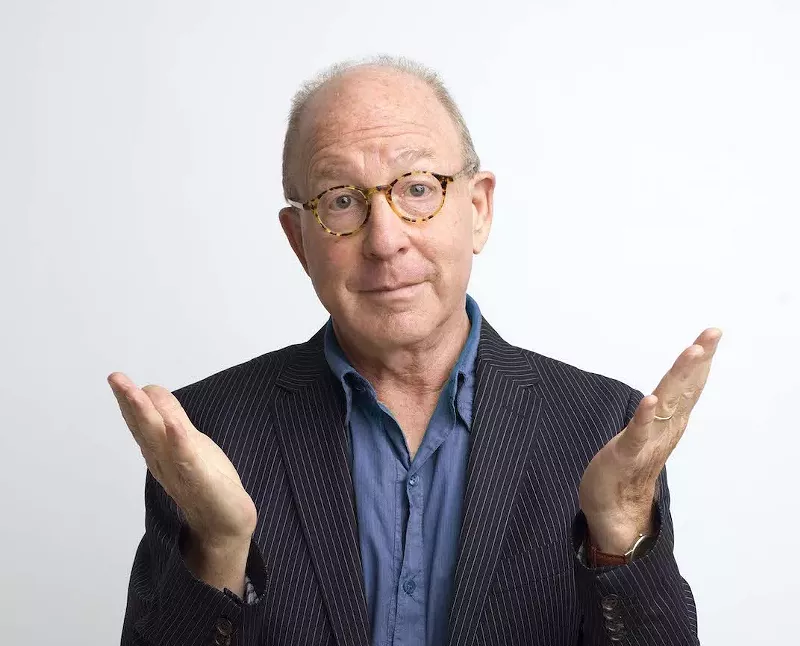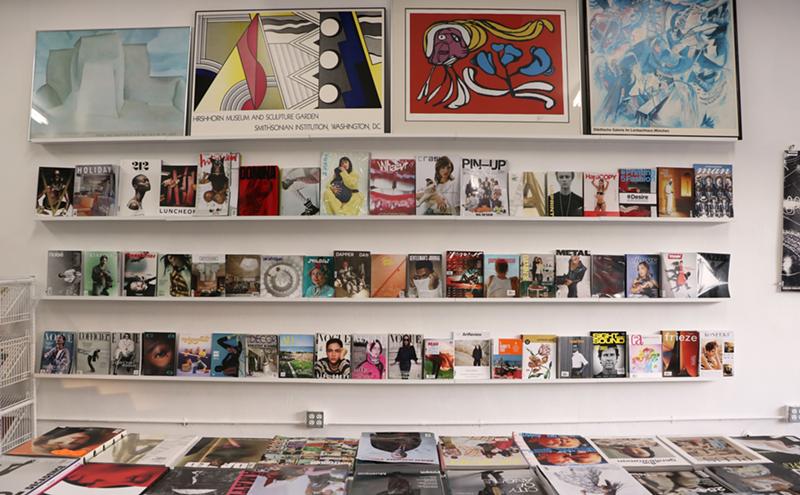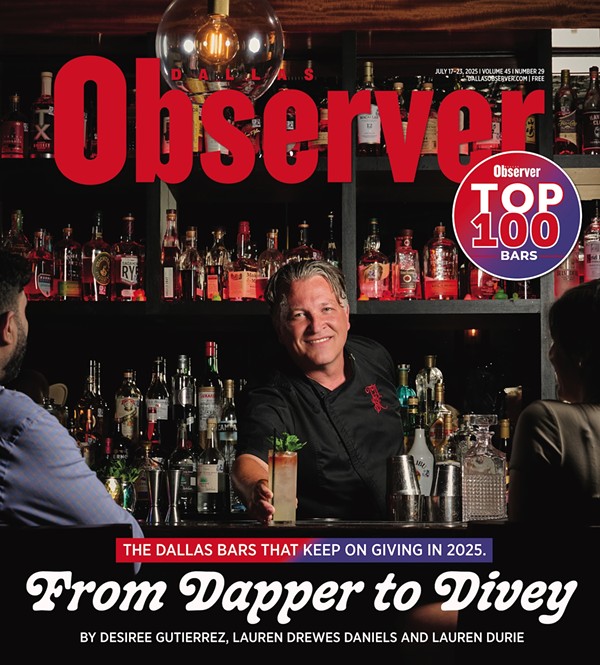In other words, Saltz is a personality — something not seen much in art criticism. And he isn’t afraid to skewer a sacred cow or two along the way.
Saltz, who's in Dallas to share the “eye-opening appraisals” of artists from his newest book Art Is Life on Thursday, Jan. 12, at the Dallas Museum of Art, is ebullient about what he says is a new golden age of art.
“I think that art is going through the greatest changes it has gone through in the last 500 years,” he says. “It is opening up in ways that it was never open before. We’re seeing more art made by more different kinds of people from more places and more ideas than have ever been allowed. The playing field, the apartheid, of the art world fell in this period. A majority population that was in a minority of representation, which is women, are now not only getting more opportunities but so are underrepresented artists and crafts that were always held at arm’s length.”
Saltz is one of the most prominent superstar art critics in America, but he came by his status in the most circuitous of ways. A self-professed “imposter, a glockenspiel in the orchestra,” Saltz attended the School of the Art Institute of Chicago before dropping out. He tried his hand at running a gallery before moving to New York in 1980, where he eventually abandoned his practice and ended up working as a long-distance truck driver. As an outsider looking in, he figured it was easier to write about art than make it, so at the age of 41, he managed to finally launch his current career.
“I began as an artist. I was making art; I was selling art, and my work was reviewed," he says. "But just like everybody reading this, demons spoke to me in my 20s that told me, ‘You don’t have anything original to say.’
“I have no degrees. I never went to school. I thought I didn’t know art history. I have bad ankles, I have bad hair. I listened and self-exiled, and while I was in the truck, I thought, ‘I love art.’ I was so miserable — and I have to do something to get back in.”
“I think that art is going through the greatest changes it has gone through in the last 500 years ... It is opening up in ways that it was never open before." – Jerry Saltz
tweet this
By teaching himself to write, he realized “this high postmodern, late capitalism simulacra” tone embraced in publications like ArtForum made no sense to him. Instead, Saltz took a different approach, writing for the reader instead of the artist, the gallerist or the collector. And by writing what he really thought about the work, he managed to build a career that has earned him the 2018 Pulitzer Prize for criticism (he was also nominated in 2001 and 2006).
But don’t make the mistake of thinking Saltz is high on his own supply. He’s the first to say his wife, The New York Times co-chief art critic Roberta Smith, is the real talent of the family. Together, the duo put in the effort, big time. Viewing from 25 to 30 shows per week, Saltz says, “all we do is work.”
“Where you all are going to a dinner or having a drink with your friend, we have a slice of pizza on a paper plate near the gallery, and we go over our notes," he says. "While you go to the after-parties, we go home and start to get ready to write. Our life is built for work, and we’re both incredibly grateful. It’s the house that crisis built — she doesn’t have degrees, I don’t have degrees. We’re making it up as we go along.”
Which is probably why, at the age of 71, Saltz is still going full steam ahead. He released his Times bestseller How to Be an Artist in 2020, and Art Is Life promises to be as fun and readable as its predecessor. Throughout all of his efforts, the writer urges his audience to embrace their creativity without fear; in other words: “Grow up, you big babies,” advice that everyone, artist or not, should take to heart.
Saltz feels that now that the ideology of cis-white-male modernism is collapsing around us, there’s more opportunity for outsiders than ever before. And, if art history is still going to be written, why not at least make yourself a footnote?
“For me, the definition of success is having time to do our work, that’s all it is," he says. "It isn’t about how much you sell. For me having the time to work, then working — that’s it. Success doesn’t make you happy. I get unhappy, I get envious of other people, but you don’t have to have a gigantic audience. You can have a much smaller audience and be very, very successful. You’re going to have to be brave, suck it up and get out there. The definition of success is me just sucking it up and getting it out.”













